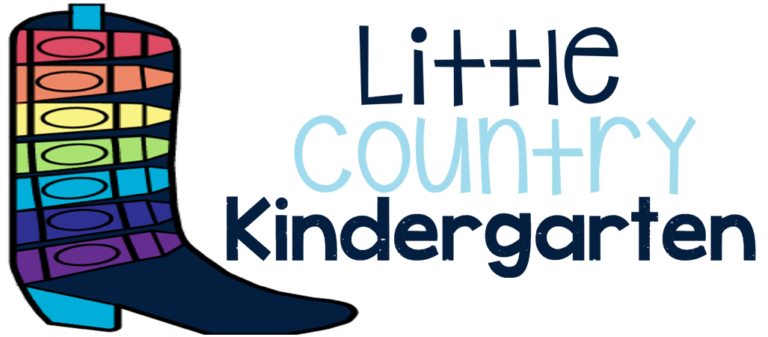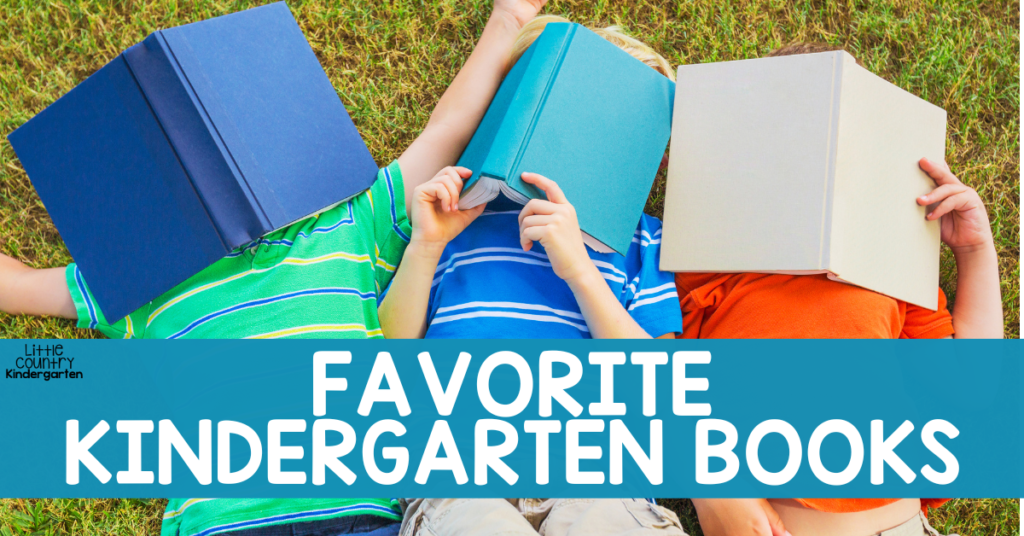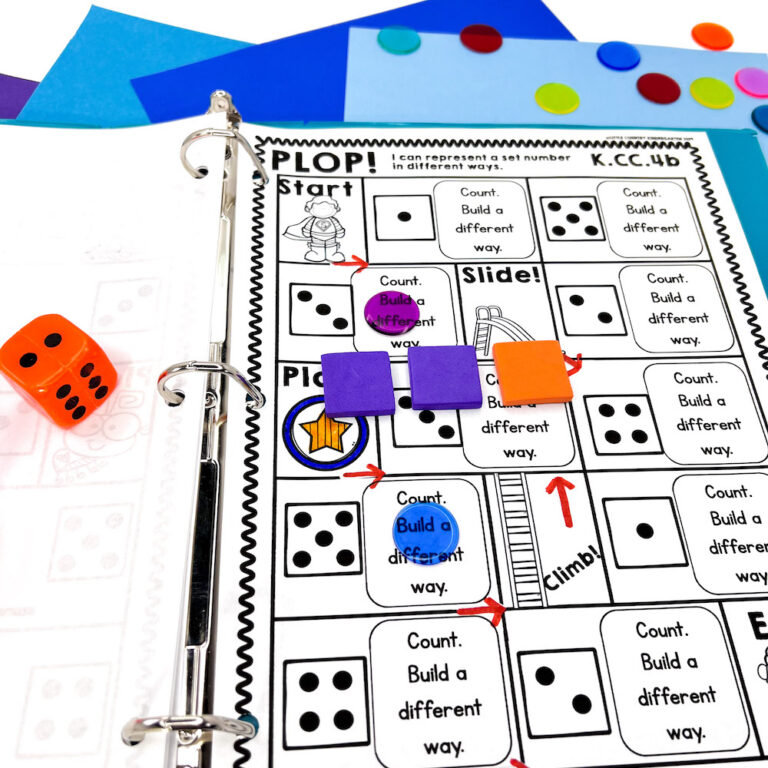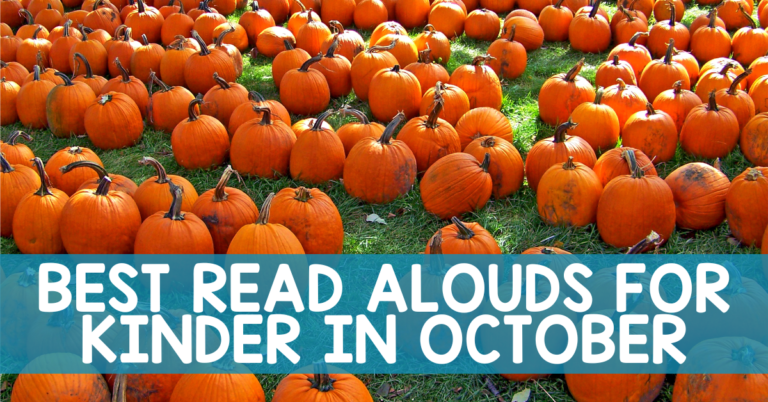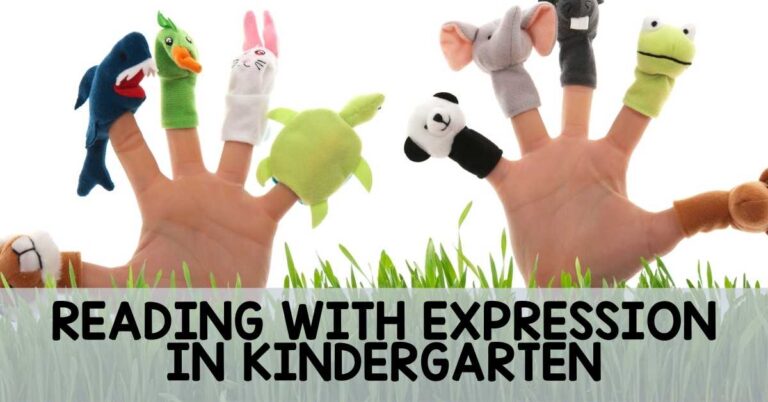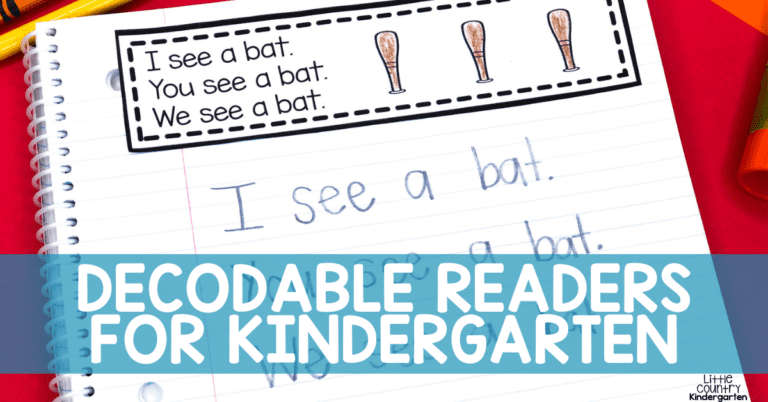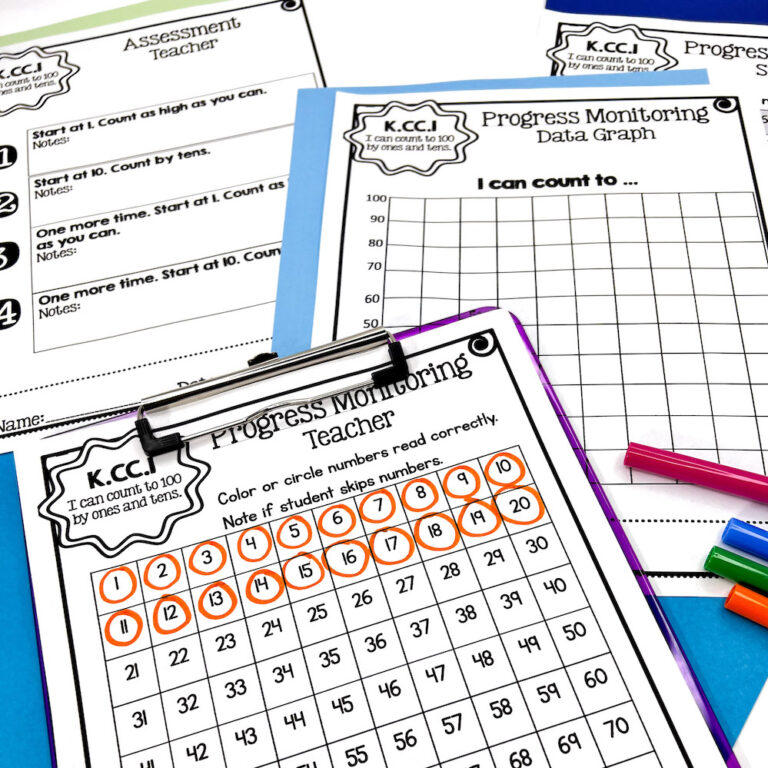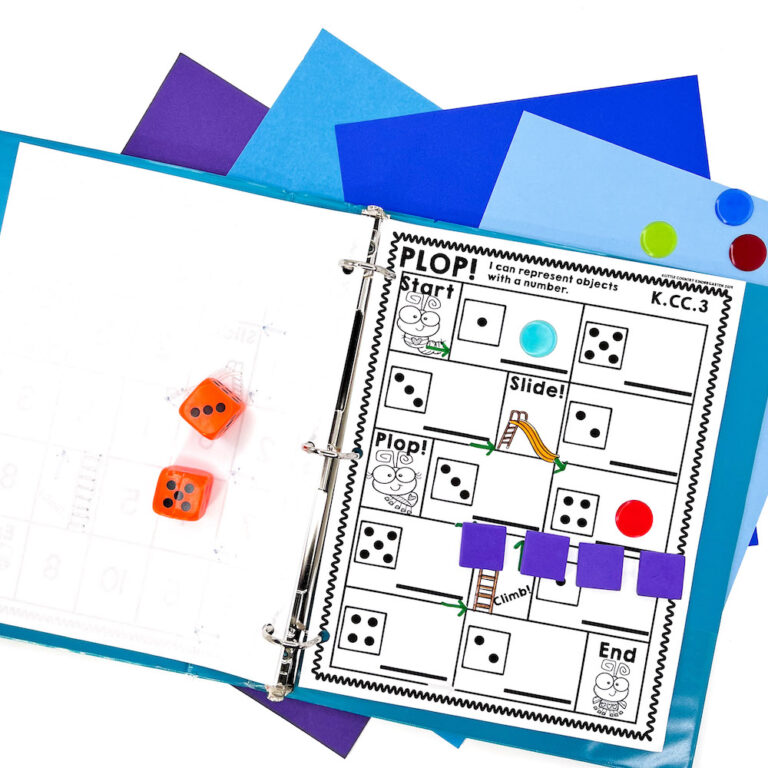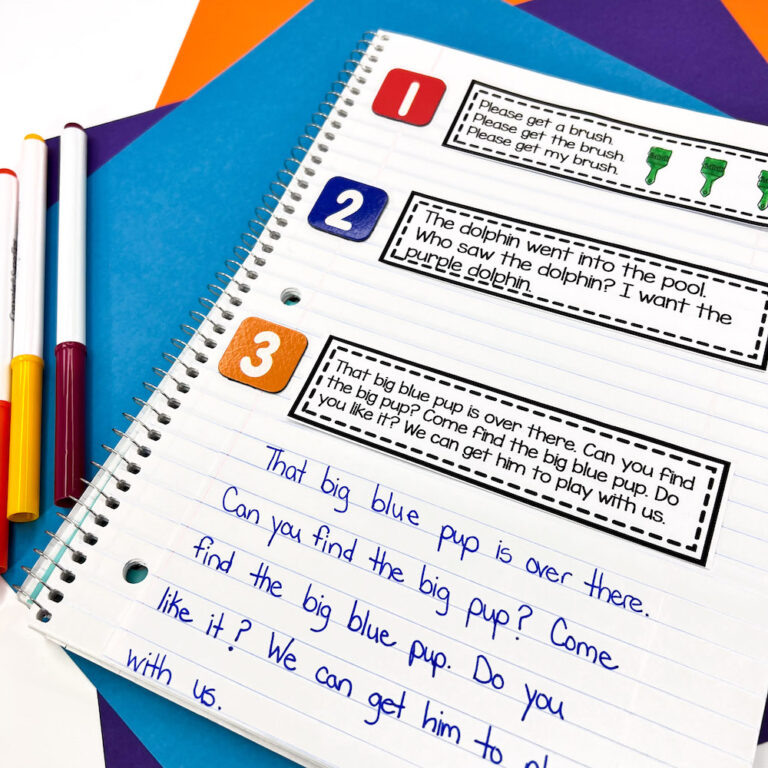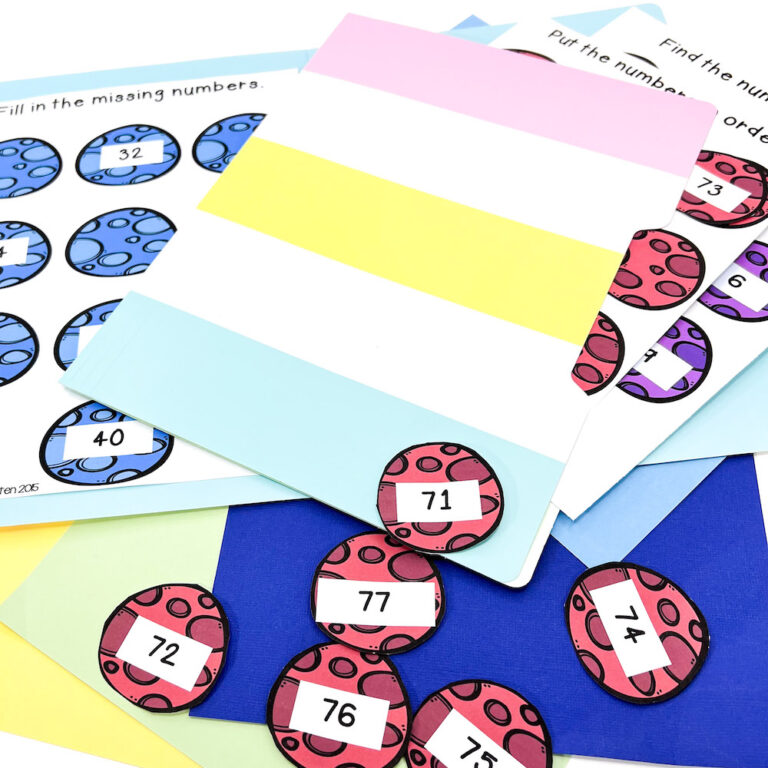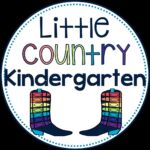We know that the more students read and are read to the more they can grow to love reading, the more their vocabulary expands, and the better readers they become. This is especially important for young children just starting their reading journey. However, families are also overwhelmed and stretched to the brink. We don’t want to burden them with extra work that is challenging or frustrating for students. How do we encourage at home reading activities without making it just something else to do?
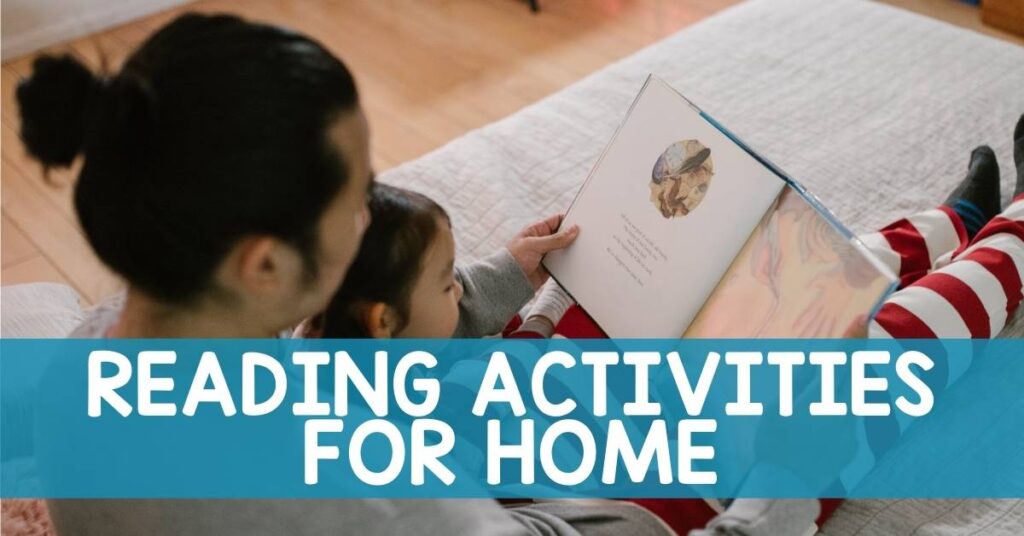
You may have seen the graphic comparing students who read one minute a day to those that do five or 20 minutes of independent reading daily. The students who read one minute a day during the school year have read 8,000 words by the end of the year while the student who has read 20 minutes has read almost 2 million words. Which student do you think will be a more confident reader? How do we involve families in reading time and excite our students to continue with at home reading activities once they leave school at the end of the day?
1. Mastered Decodable Texts
For young readers, mastered decodable texts are easy at home reading activities for students to do with families because these are stories that students are familiar with and confident in. They don’t have to ask for any assistance reading new words and are often proud to show off what they are able to do. I try to send home decodable texts that students have already read in class, full of known sight words and phonics patterns, so students can simply focus on reading fluency and repeated readings with these texts.
Some quick decodable text options to send home with little to no prep include decodable emergent readers, students’ fluency notebooks or just the fluency strips for them to complete at home, and decodable readers that students can illustrate. My students have really started enjoying the latter where there are no pictures and they have to add their own. This also makes them really focus on decoding the words since there are no picture clues, and is great for reading comprehension because it’s easy to see if they are comprehending the book or not based on the illustrations they add.
2. Books on Student Interests
Another way to motivate your students to complete reading activities at home, particularly with your reluctant readers, is to send home children’s books related to student interests. An easy way to implement this in your classroom is to utilize browsing books. There are several different ways I have done this in my classroom.
First, I have rotated bins of different books on student tables so when they come in the morning or during transition times they can find new books. These might not necessarily be on their level, but they interest them with cover pictures or topics. Students can browse the book and if they are interested in taking it home I have them “check it out” on a sheet in a binder and they take it home to read with their families.
Another way I motivate students to choose their own books is by having books on display for the different themes we are reading about, by polling students to see what they want to read about and displaying those, or even putting out books that we have already read together as a class. These are all ways to engage students in wanting to read and becoming interested in books that are on topics they are familiar with or want to learn more about. The best way to make sure students complete those at home reading activities is to send home a book they are particularly motivated to read or one that includes their favorite characters.
3. Reading Resources
Sending home reading resources is key for families to better understand what is expected when students complete at home reading activities. Sometimes you just want students to read and learn to love reading with their families. I always send home a letter explaining that having their students see them reading or simply reading a favorite book to them before bedtime is so important and we don’t always have to do a reading activity or something “extra” with the texts!
Sometimes we want to show parents how they can extend the learning and ask questions, do fun reading activities, or make connections with the stories they are reading with their children. I scaffold these ideas to make families more confident to engage in these tasks by sending home a choice board with different questions and prompts to ask before, during, and after reading. I put these in a resource folder and sometimes even include graphic organizers later in the year when students are doing more writing about reading. Giving parents the resources and fun activities they need to help their children succeed helps us become a true team partnering for their child’s success.
4. Manipulatives
Manipulatives are a great way to make at home reading activities more engaging for students and their families. At the beginning of the year I will make reading kits in pencil pouches for each student. Some of the manipulatives I like to include are google eye pointers for students to put on their fingers while they are reading with one to one correspondence, highlighter tape students can use to show one line of text at a time through a colored lens, and letter magnets. Students can use the letter magnets to focus on letters, then building phonics patterns, then building words as the year goes by.
We add to these kits as the year goes on including holiday themes like the creepy finger pointers for Halloween, sparkly pom poms for phoneme tapping during Christmas, colorful sunglasses for reading in sunny spots in the spring, and more. You can really get creative with what you add to the reading kits and students love knowing they have all the same tools they have in class. Using these tools across environments makes reading fun, but it also keeps students motivated and confident to complete at home reading activities.

5. Celebration Activities
We love to celebrate big in my classroom. Celebration activities are a special event and a fun way to recognize all the achievements our students are making. We celebrate when someone has mastered letters or letter sounds, learned a sight word list, or even conquered a story they have been working on! We sign posters with our names for goals met, do classroom cheers where everyone gives the student a cheer of their choice at the same time, and make crowns to wear proudly. I think these celebration activities should follow students home so they can include their entire family in their accomplishments as well!
Some celebration activities that I like to send home include certificates with what the student has mastered or accomplished. Students can color these at home and hang them up to display. Besides wearing their crowns home to show their families, sometimes my students want to take them home to complete them with their parents or use special art materials they may not have in class. I’ll write special positive feedback shoutout notes to stick in student folders and sometimes include little surprises in their reading kits. Student reading should be celebrated and they don’t have any bigger fans than their family members!
At Home Reading Activities to Improve Family Connections Takeaways
Most parents want their child to be a good reader. Reading across environments emphasizes to students that reading is important and authentic instead of just something they have to do at school. Sending home mastered decodable texts, books students are interested in, literacy activities and resources for parents, manipulatives, and celebration activities can motivate families to set up a home reading routine for their child and help build their reading skills. If you think these at home reading activities will be beneficial for your students and families, check out these easy phonics activities for home as well!
Try these At Home Reading Activities Today!
Encourage your families to start more at home reading activities with your students today! Use these free monthly reading challenges to encourage families to read to or have their students read to them as often as possible. This is a simple printable where families color each time they read, not a detailed reading log, so it is easy to implement into a busy home schedule.
